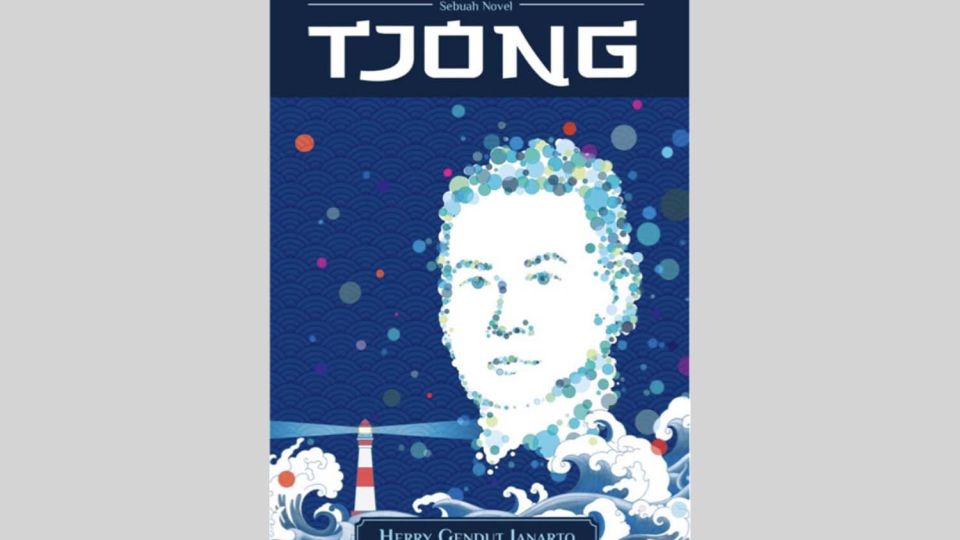November 25, 2022
JAKARTA – Tjong (2022) is Herry Gendut Janarto’s second novel and takes as its main character a totok (Chinese-born) Chinese Indonesian, Tjong Kei Lin, born to an impoverished family in Guangzhou, China.
In the first novel Yogya Yogya (2020), the main character, Gayuh is a peranakan Chinese (locally born), the son of a lower-middle-class family in Yogyakarta whose ethnicity emerges only in the home. The character Tjong Kei Lin, born in 1912, emigrates to Indonesia (Namyong) as a teenager to work for his stepfather and dies in Indonesia in 1980.
This novel, telling Tjong Kei Lin’s life story, reveals a stronger sense of clan and life that experienced more significant turbulence than Gayuh in Yogya Yogya. Tjong is a novel that traverses several tumultuous historical events over Tjong Lei Kin’s lifetime. It places a focus on the Indonesian National Revolution and the Cultural Revolution in China.
A prominent motif in Tjong is the contestation of Chinese-Indonesian stereotypes seen in both the portrayal of Kei Lin’s life and the narrator’s direct comments. Kei Lin’s business success contests the stereotype of a privileged connection with the colonial power or through wealthy family connections. His eventual business success is portrayed as luck: a lifetime’s hard work, an indomitable resolve and learning from failures.
The portrayal also dispels the stereotype of the “economic man” who is miserly and consumed by business and profit. In contrast, Lei Kin’s success is represented as equally the enduring love of family and providing for their well-being. The stereotype of a racial community with a pro-colonial sentiment is also contested.
In the revolutionary period, Lei Kin was pro-Indonesia and supported the fight for independence. In doing so, he gained the lasting admiration of Indonesian independence fighters. Lei Kin also breaks the stereotype of the immigrant who only seeks to make a fortune to leave Indonesia and return to China to live. Lei Kin falls in love with the city of Yogyakarta and makes Indonesia his permanent home.
Tjong portrays the world within the Chinese-Indonesian community, which maintains its diasporic identity by maintaining its links to China. This is exemplified through Kei Lin’s visit home, where he seeks to renew family ties and find a Chinese bride. This stands in marked contrast to the character Gayuh in the novel Yogya Yogya who has no diasporic connections and marries a pribumi.
Tjong, unlike Yogya Yogya, portrays various intersections between this community and outside events. One such intersection is in the aftermath of the failed communist coup in 1965 and an intense anti-Chinese sentiment. Another intersection is the Chinese cultural revolution when Kei Lin’s children return to study in China but are detained in work camps.
The novel is not only very readable but also makes a valuable contribution to contemporary Indonesian literature on Chinese Indonesians. It can be placed alongside, among other literary works, Putu Wijaya’s short story Sketsa (Sketch, 1993), which explores Chinese Indonesian stereotypes and tensions with the pribumi (native Indonesian) community, Soeprijadi Tomodihardjo’s short story Hari Terakhir Mei Lan (Mei Lan’s Last Day, 2007) about diasporic links and Dewi Anggraeni’s novel Membongkar Yang Terkubur (Revealing what has been Buried, 2020), an exploration of a Chinese Indonesian family’s history over several generations.


